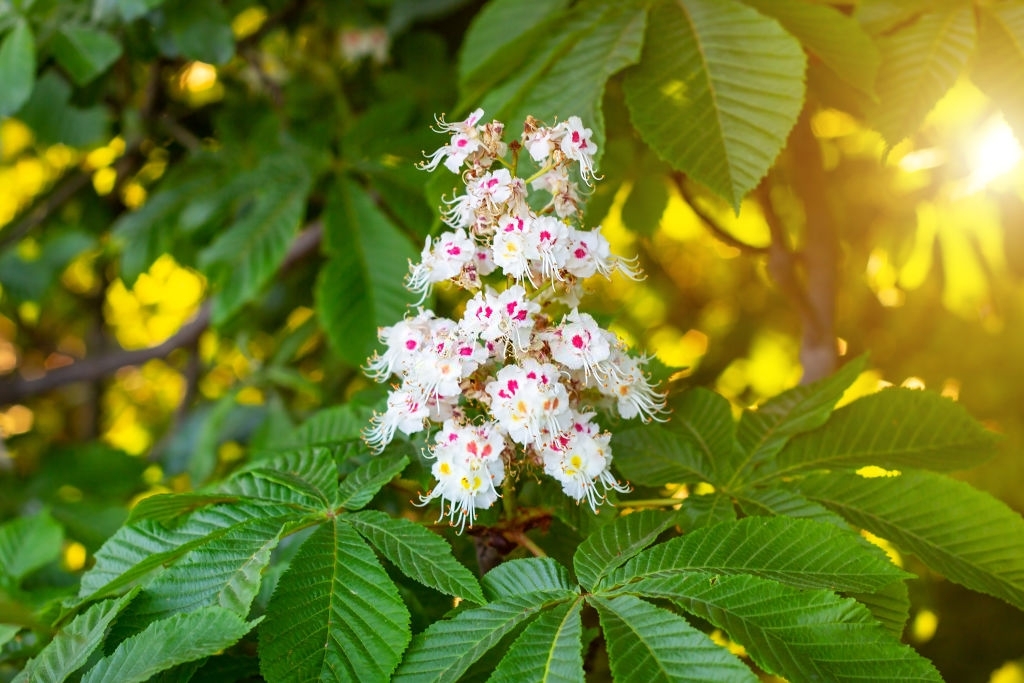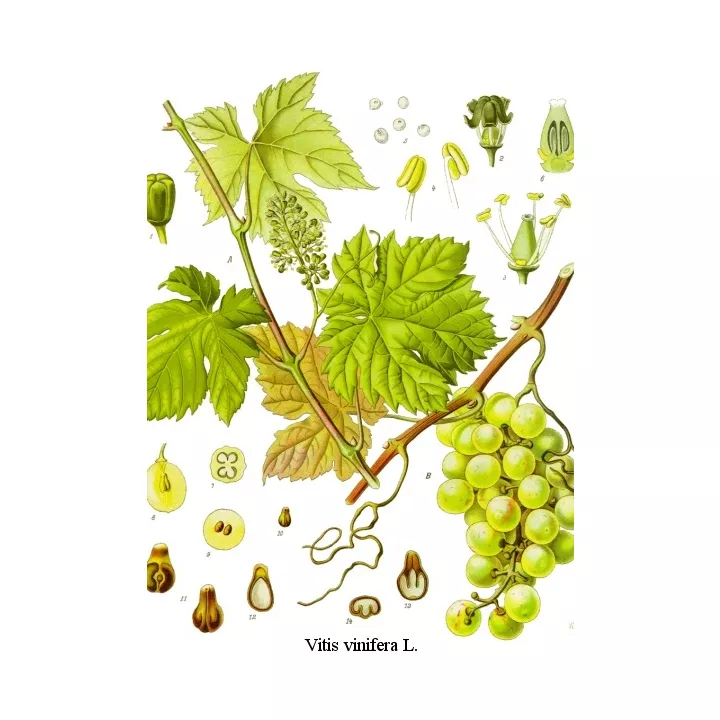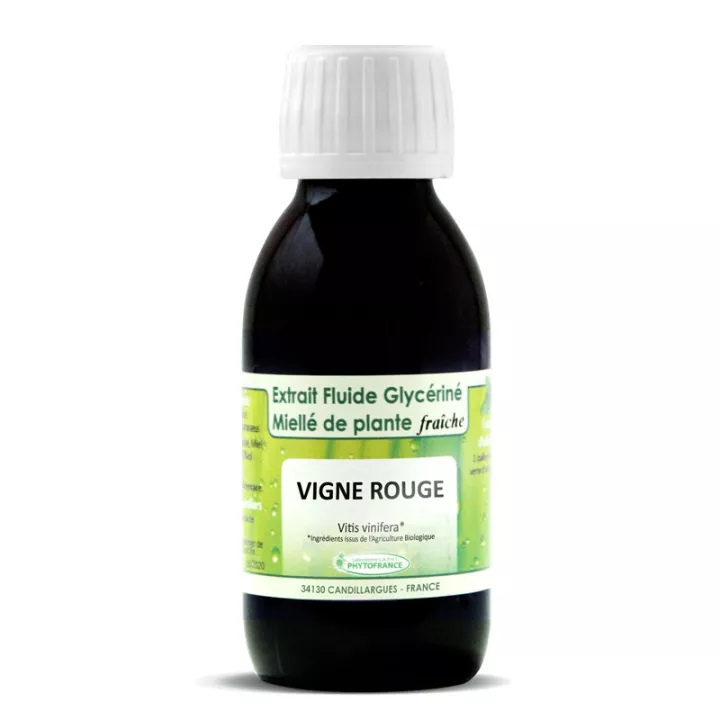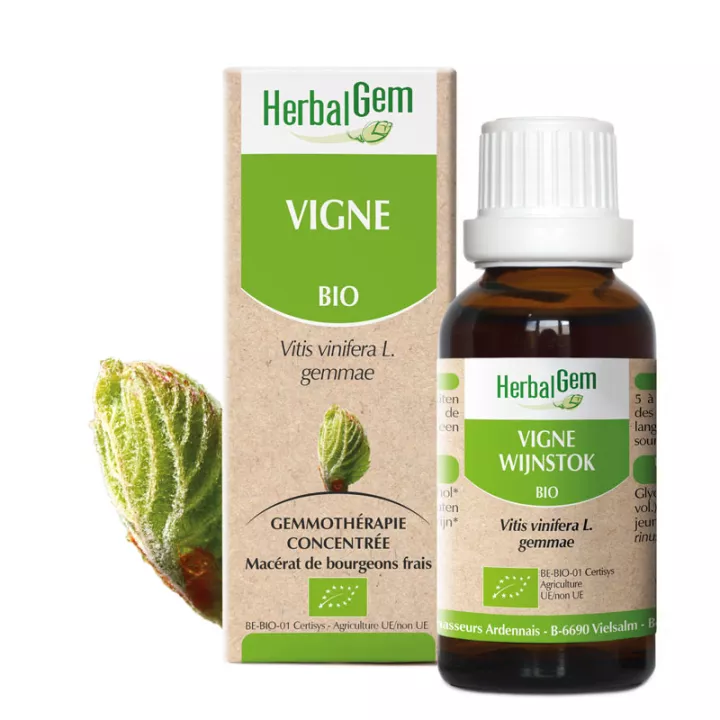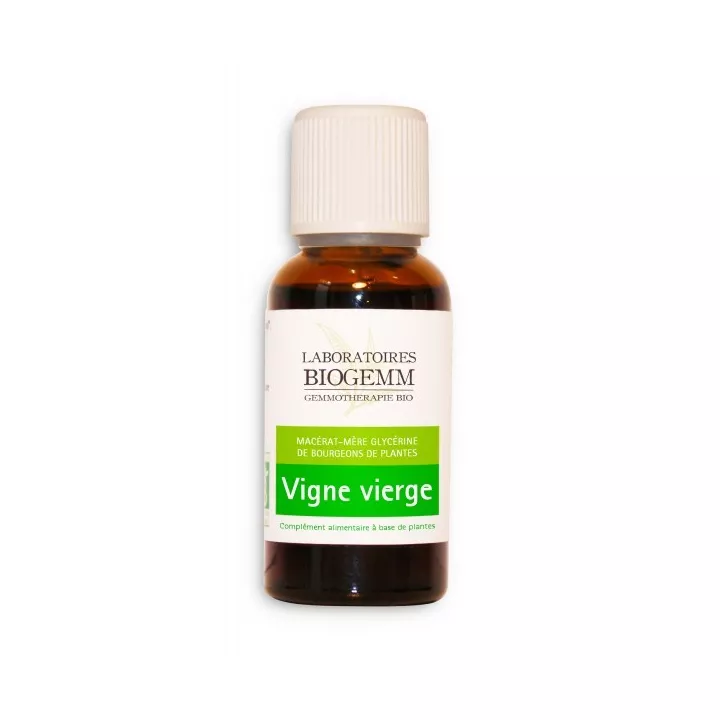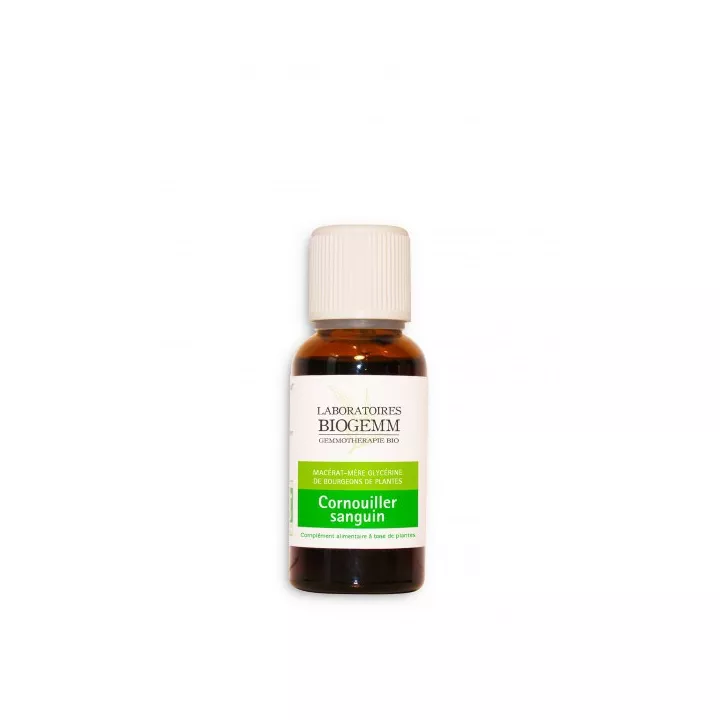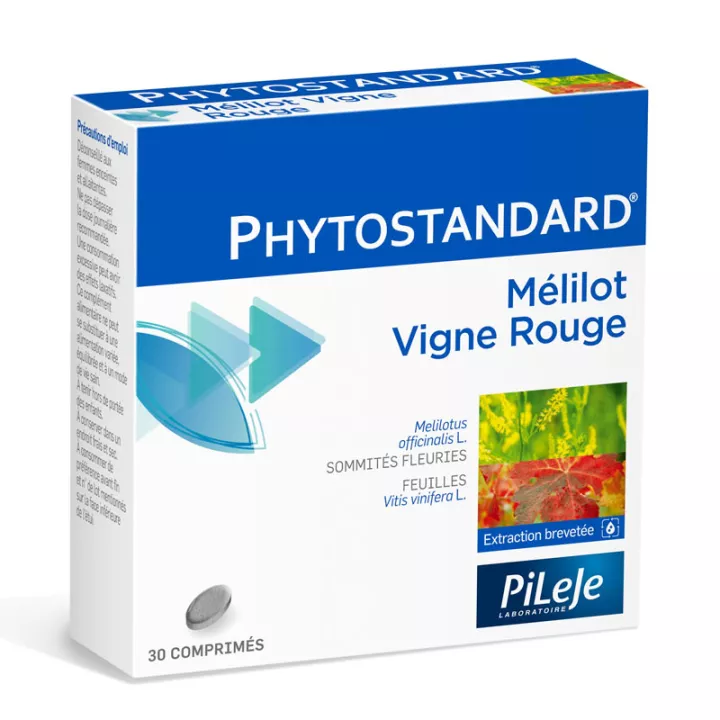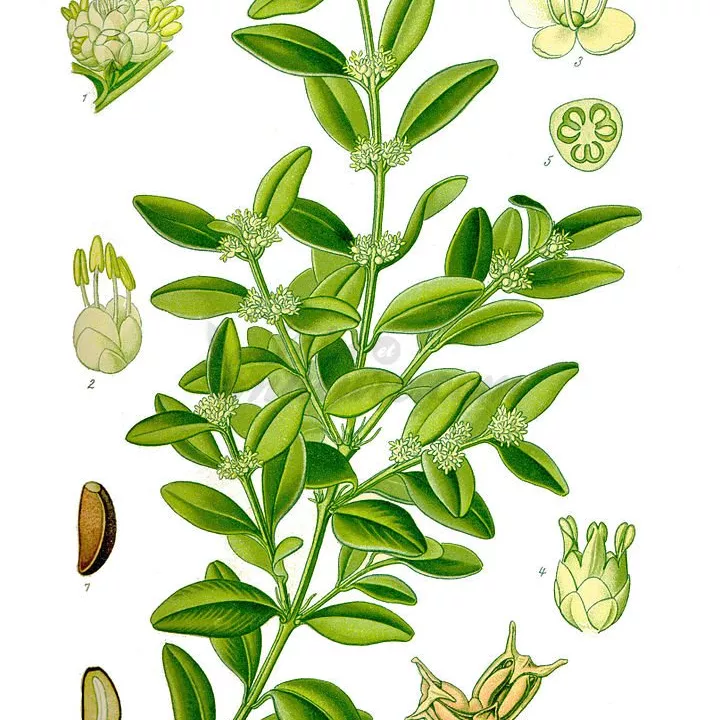What is Red Vine Feuille Coupée Iphym Herboristerie used for?
Iphym Herboristerie Red Vine Cut Leaf is a precious ally for those seeking to improve their circulatory well-being. Rich in flavonoids, it is recognized for its beneficial properties, notably to relieve heavy legs and promote blood circulation. This product is ideal for people who spend long hours standing or sitting, and often experience a sensation of heaviness in their legs. In fact, red vine leaves help reduce pain and discomfort thanks to their veinotonic properties.
Another key benefit of red vine is its diuretic effect. By stimulating the natural elimination of water, it helps reduce water retention in the body. For people suffering from swelling oredema, this can represent a natural solution for daily well-being. By regulating water retention, this product also contributes to a feeling of lightness and improved bodily comfort.
Thanks to its flavonoids, red vine also strengthens blood vessel walls, helping to prevent cardiovascular disease. This improvement in blood circulation not only promotes better oxygenation of tissues, but also reduces the risk of complications linked to poor circulation.
In addition, red vine has anti-inflammatory properties. If you suffer from pain linked to muscular or joint inflammation, this plant extract can help to reduce this pain and improve your day-to-day comfort. This product is particularly recommended for people with venous insufficiency, varicose veins or hemorrhoids.
Finally, a study has shown that red vine leaf extracts can stabilize collagen in vessel membranes, strengthening their resistance to free radicals. This protective mechanism is reinforced by the presence of tannins, which play a role in venous return and contribute to improved circulation.
In conclusion, Iphym Herboristerie Red Vine Cut Leaf is a versatile natural supplement that helps improve blood circulation, reduce pain and ease inflammation. If you're looking for a natural solution to relieve heavy legs or alleviate the symptoms associated with hemorrhoids and varicose veins, this product is an excellent choice to improve your daily well-being.
Vitaflor Floralis also offers Jambes Légères herbal tea at the best price in our online pharmacy.
How to use this product
To prepare an infusion of Red Vine Cut Leaf Iphym Herboristerie, just follow these simple steps:
- Pour 1 tablespoon (about 15 g) of red vine leaves into 200 ml of boiling water.
- Remove from heat and leave to infuse for 10 minutes.
- Strain the infusion before drinking. You can add a touch of honey or natural syrup to suit your taste.
For best results, prepare your infusion with low mineral content water and drink it preferably on an empty stomach. This allows the active ingredients in the red vine leaves to work more effectively.
To treat heavy legs, varicose veins and hemorrhoids, we recommend 2 to 4 cups a day, divided between meals. You can adjust the quantity according to your needs and feelings.
Give your opinion on the advice for use and dosage of Vigne Rouge Feuille Coupée Iphym Herboristerie with our partner Verified opinions after your purchase.
Precautions for use
Although Red Vine Feuille Coupée is generally well tolerated, certain precautions should be taken:
- Women with a history of breast cancer should avoid red vine due to the presence of resveratrol, a compound that could have hormonal effects.
- Mild side effects such as nausea, digestive disorders and headaches have been reported. Allergic skin reactions are also rare, but possible.
- Red grapevine may interact with plants or drugs that act as blood thinners (such as garlic, ginkgo or ginseng). Use with caution if you are undergoing this type of treatment.
- It is not recommended for pregnant or breast-feeding women, or for children under 18.
What does it contain?
Iphym Herboristerie Red Vine Cut Leaf contains : Tannins, Flavonoids, Proanthocyanidols
Presentation
The product is available in different formats to suit your needs: 50 g, 100 g, 250 g, or 1 kg.
